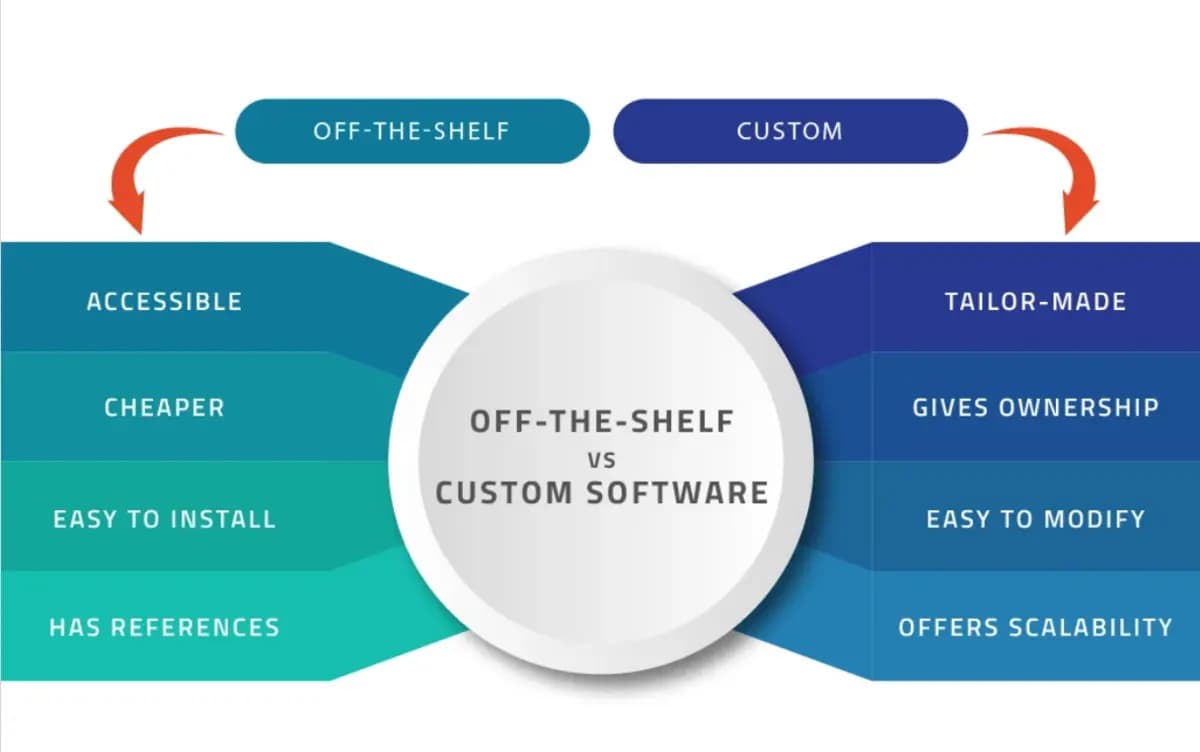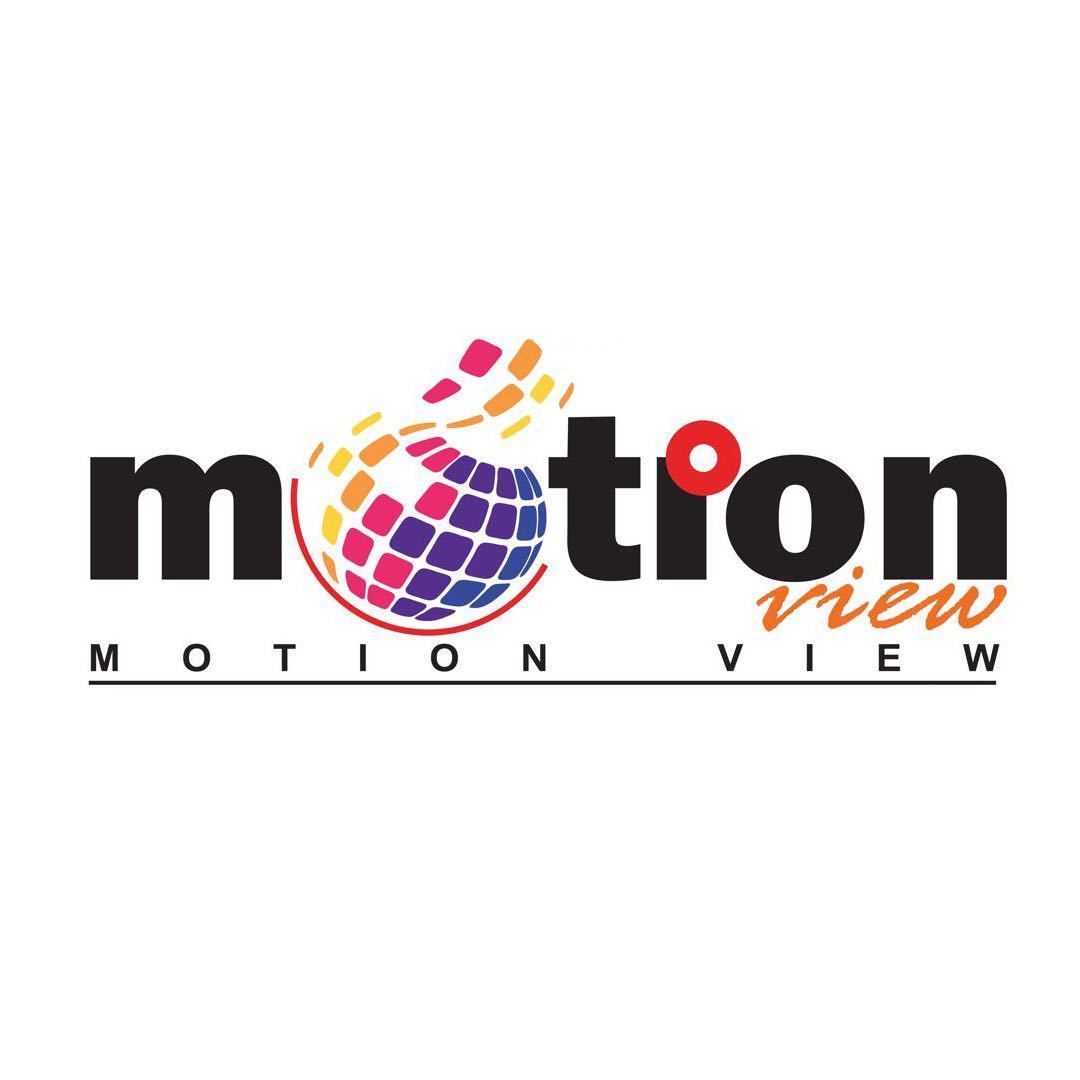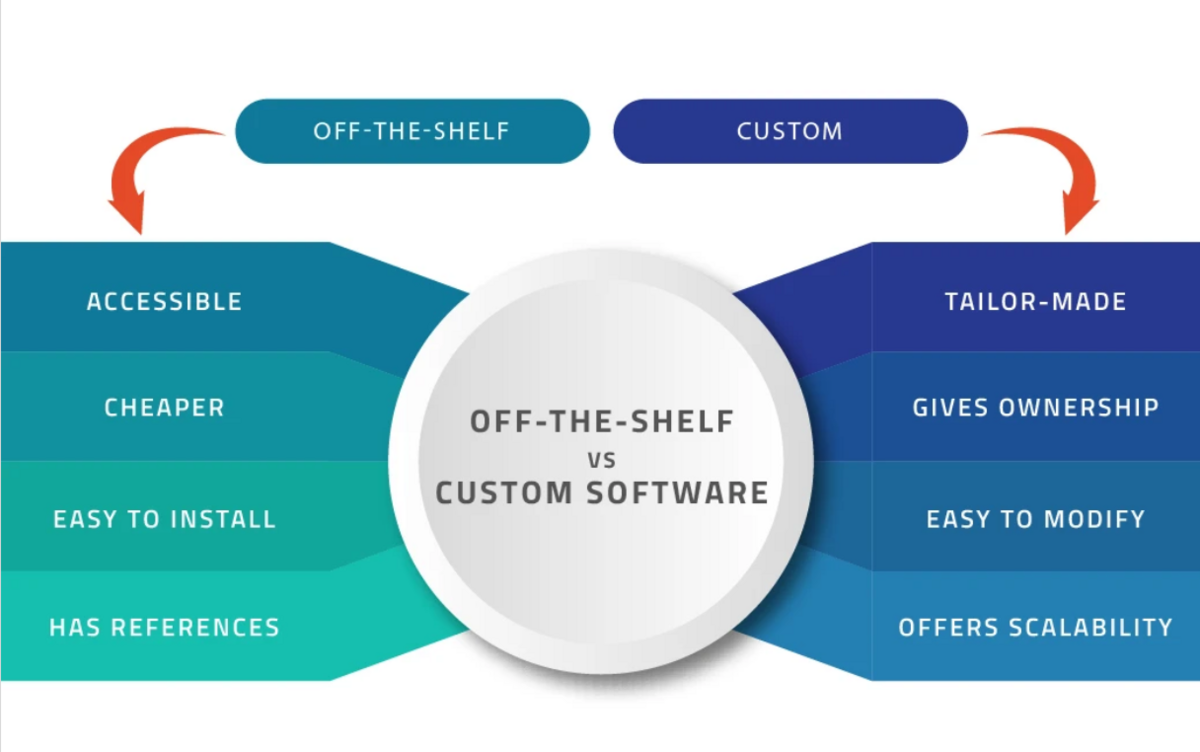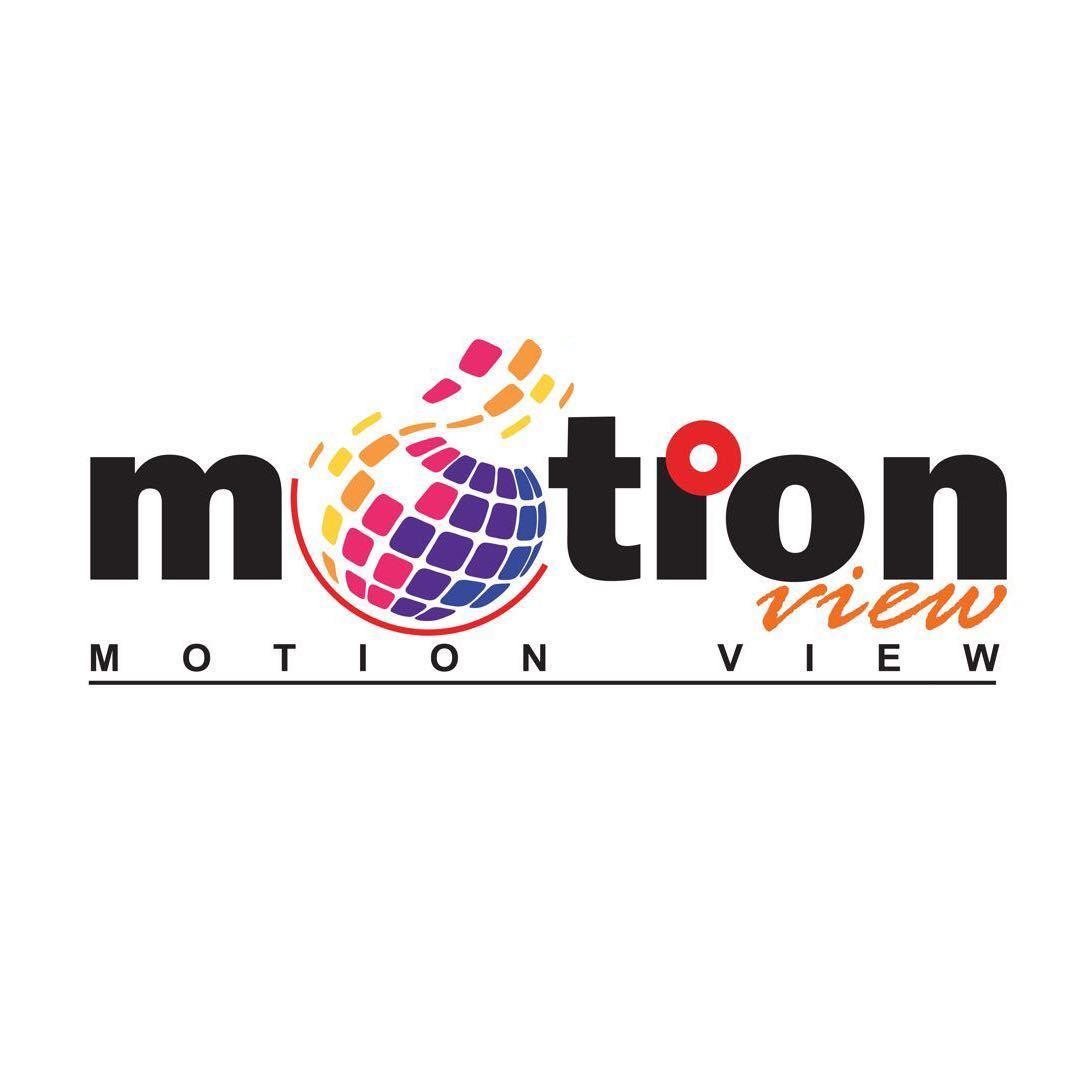As business leaders in Bangladesh, we are masters of adaptation. We’ve built complex supply chains, managed unique customer behaviors, and navigated a demanding regulatory landscape. We start our businesses with grit and any tool that gets the job done. Often, this means "off-the-shelf" (OTS) software. It's fast, it's cheap, and it works... at first.
The problem is, the very uniqueness that makes your business successful is the first thing that "breaks" generic software. You hit a wall. You start using Excel spreadsheets to bridge the gap between your inventory system and your accounts. You force your team into inefficient, multi-step processes just because the software demands it. Your business is forced to adapt to the software. It should be the other way around.
The 'Off-the-Shelf' Trap: When 'Good Enough' Becomes a Liability
From my vantage point as a DGM, I see this "growth trap" consistently. A generic solution that was an asset for a 10-person team becomes a debilitating liability for a 50-person company.
1. The Wasted Inefficiency Dilemma
You are paying for 100% of a software suite but using only 30% of its features. Worse, the 10% you *desperately* need is missing. Think about the unique needs of our market: seamless integration with MFS (bKash, Nagad), complex NBR-compliant VAT reporting, or managing intricate F-commerce (Facebook commerce) order funnels. OTS software is not built for this. Your team spends hours on manual workarounds, and that is a direct drain on your bottom line.
2. The Data Silo Catastrophe
Your CRM doesn't talk to your inventory system. Your inventory system doesn't talk to your accounting software. As a manager, you are flying blind. You cannot get a single, real-time view of your business health. You make critical decisions based on data that is 48 hours old and manually entered. This is not a recipe for scaling; it's a recipe for failure.
The Strategic Shift: Custom Software as a Capital Investment
This is where I urge a shift in mindset. Stop seeing custom software as an "expense." It is a one-time capital investment in an asset that you own forever. It is an investment in your company's core competitive advantage.
1. Build Your Unique Competitive Advantage
If you and your competitor both use the same generic software, how can you be faster, smarter, or more efficient? You can't. Custom software allows you to encode your *unique winning process* into your technology. Imagine an e-commerce company with a custom-built dashboard that uses AI to predict inventory needs based on local festivals and weather patterns. That is a competitive moat. That is how you win.
2. Unlock True ROI Through Automation
We recently worked with a distribution company that had three employees dedicated *only* to manually reconciling orders from their website, Facebook page, and physical stores. We built a single, unified admin panel that automated this entire process. Those three employees were retrained for high-value sales roles. The software paid for itself in less than 12 months. That is the real ROI—not just saving money, but reallocating human potential.
3. Scalability and Total Ownership
When you use OTS, you are at the mercy of their update schedule and pricing tiers. When you own your software, you are in control. Need to add a new warehouse module? No problem. Want to expand into a new product line? Your software grows *with* you, not against you. You own the asset, you own the data, and you own your future.
“The most dangerous phrase in business is ‘we’ve always done it this way.’ The second most dangerous is forcing your modern business to run on last-generation’s generic software.” — Khalid Hasan, DGM, Motion Soft
Checklist: Is It Time to Go Custom?
As a leader, ask yourself these questions. If you answer "yes" to two or more, it's time for a strategic conversation.
- ✅ Are you using spreadsheets to bridge gaps between two or more "official" software systems?
- ✅ Do your teams complain that the software "makes their job harder" or involves too many steps?
- ✅ Are you paying for "enterprise-level" features in a SaaS product that you have never used?
- ✅ Does your current software fail to integrate with critical local tools (like bKash, Nagad, or specific delivery partners)?
- ✅ Can you get a single, real-time report of your company's performance (e.g., sales vs. inventory) without asking someone to "compile it"?
Conclusion: Stop Fitting In. Start Standing Out.
Off-the-shelf software is where businesses *start*. Custom-built, strategic software is how they *win*. The choice is no longer just about technology; it's about business strategy. To compete effectively in the dynamic Bangladeshi market, you cannot afford to run your unique business on average tools.
Stop forcing your processes into a box. It's time to build a solution that is a perfect fit for your ambition.





